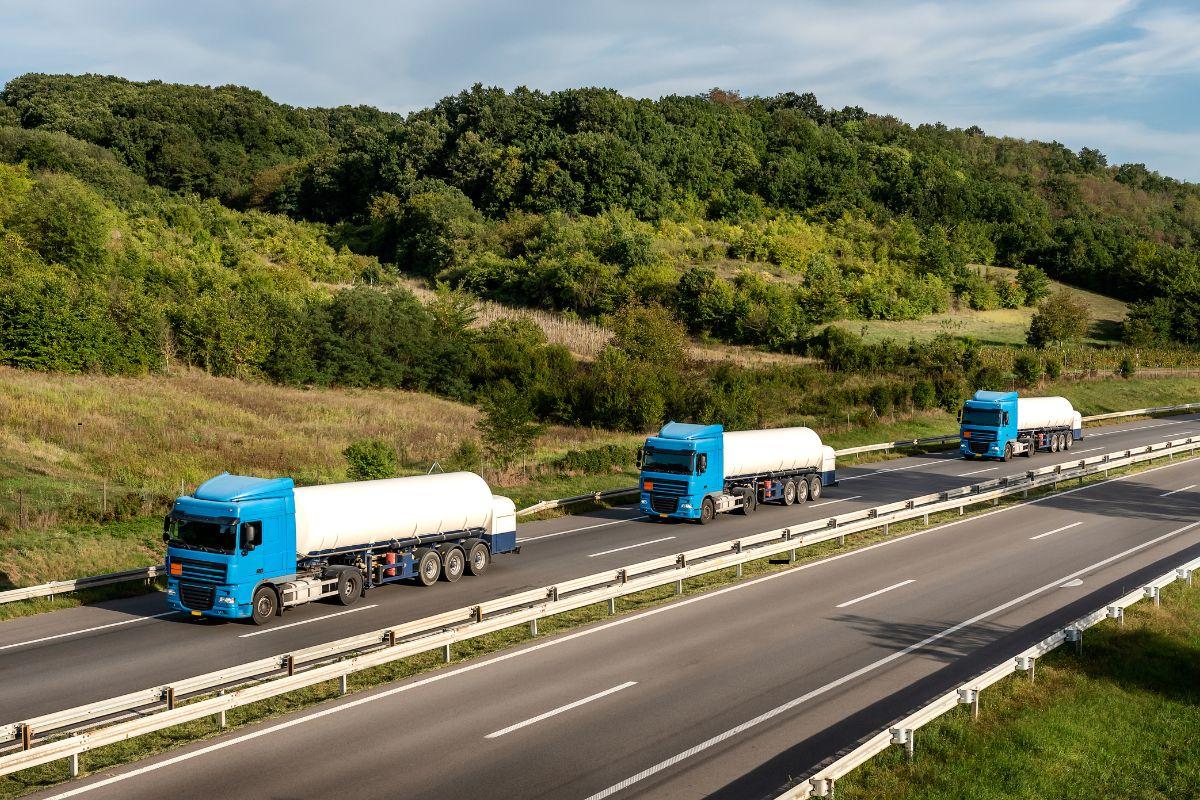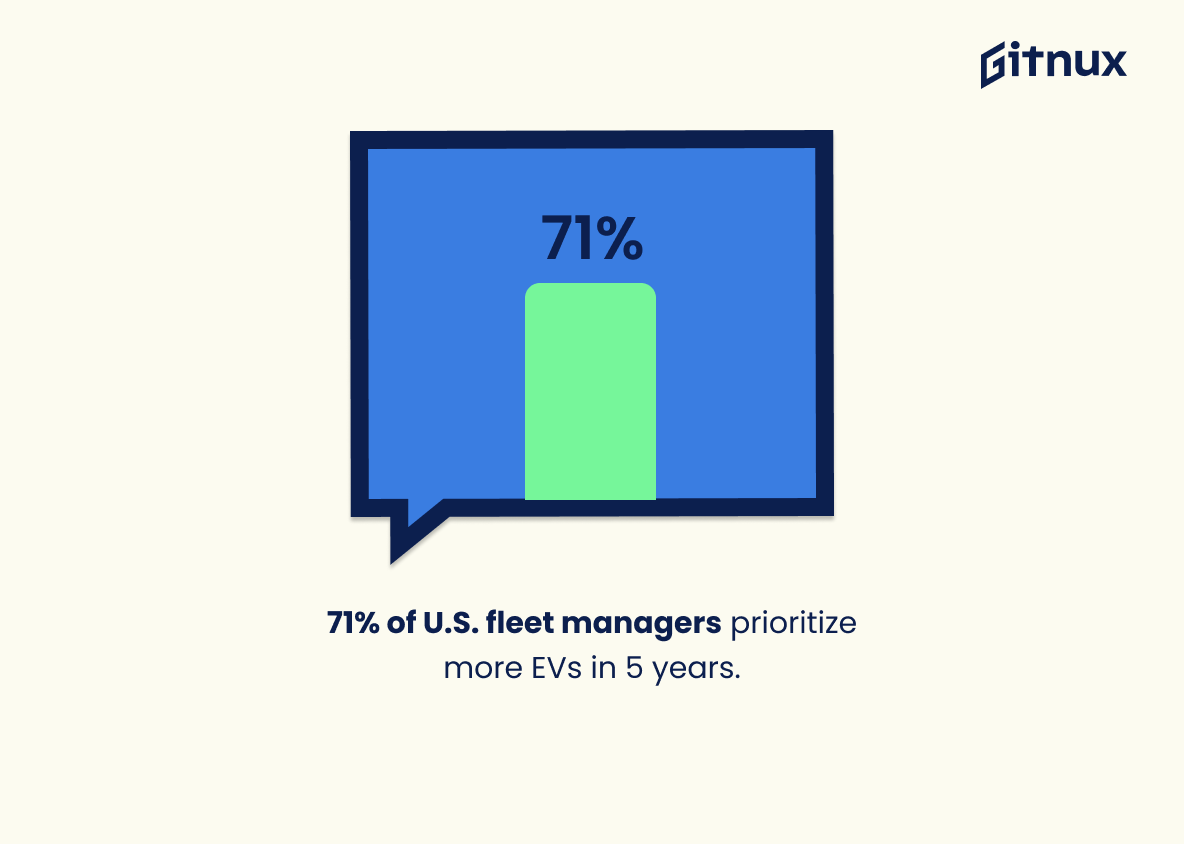Fleet Sustainability: The Future of Eco-Friendly Transportation
Embracing fleet sustainability can help reduce costs, save the environment, and maximize profits. Read this guide to find the best fleet sustainability ideas.
In this article:
- What is a Sustainable Fleet?
- Stages of Fleet Sustainability
- 1. Examine
- 2. Implement
- 3. Expand
- 4. Look Forward
- Top Strategies for Fleet Sustainability
- 1. Monitor Fuel Consumption
- 2. Track Driver Behavior
- 3. Reduce Cargo Load
- 4. Use Electric Vehicles (EVs)
- 5. Proactively Schedule Maintenance
- Sustainable Fleet Management With Itefy

The awareness around climate change has put increased focus on the largest sources of carbon emissions around the world. One is road transport, which contributes 12% to the global greenhouse gas emissions. That's why fleet sustainability is essential to reduce the amount of carbon in the atmosphere.
Many fleet managers want to adopt eco-friendly practices for their fleets but don't know where to start. They worry they might have to spend much money or lose a competitive edge over another fleet. We're here to address these concerns and help fleet managers make their fleets greener and more profitable than ever, so read on.
What is a Sustainable Fleet?
A sustainable fleet reduces its carbon footprint without compromising its productive capacity. Fuel consumption is usually the biggest factor in a fleet's carbon emissions, so sustainable fleets target that first. However, the fuel argument doesn't apply to all fleets, as each fleet has a unique set of circumstances and modes of operation.
It means that fleets can take different approaches to attain sustainability. No matter which plans companies and fleet managers devise, the central aspect remains the same: they want to reduce their carbon footprint.
Stages of Fleet Sustainability
If a fleet manager wants to make their fleet green, they must have a comprehensive framework that ensures implementation of sustainability principles. That's where the stages of fleet management strategy come in, making for a robust and meaningful change.
1. Examine
Before walking the sustainability path, you must know where you currently stand. You can do that by collecting baseline CO2 data, idling times, fuel usage, vehicle utilization, and the like. Once you have this information, you can easily determine the areas where you need to improve and measure that improvement against set benchmarks. You can measure progress by putting these benchmarks in dedicated software that gives timely reports on improvements.
2. Implement
Now is the time to implement green fleet management practices that make a measurable impact. For instance, reducing unnecessary idling is an easy policy that can be immediately implemented, as it reduces carbon emissions and saves fuel. Monitor your idling trends and calculate total losses. You can then implement policies, such as audible alerts, to minimize idling.
You can also optimize routes to reduce unnecessary travel. Fleet software can provide you with comprehensive driver data that can help you prevent unnecessary stops and reduce fuel costs.
Electric vehicles are also an exciting option that might have a lower total cost of ownership (TCO) and completely eliminate carbon emissions. You can perform an EV Suitability Assessment to determine which vehicles in your fleet can be made electric.
3. Expand
Expansion in this context means expanding the sustainable efforts already working in your favor. For instance, if you have EVs in your fleet, you can monitor their charging, create custom alerts, and more to optimize their operation.
4. Look Forward
It's important to be aspirational to become a true business leader. Go beyond implementing sustainable practices in your company by staying informed about industry trends, advocating policy shifts, investing in new technologies, and more. This will help reduce your own emissions and inspire others to follow in your footsteps.
Top Strategies for Fleet Sustainability
So far, we have discussed green fleets and the different stages of building one. Let's also discuss some tips to help you create a sustainable and more profitable fleet.
1. Monitor Fuel Consumption
The first principle of maximizing a fleet's efficiency is tracking its fuel consumption. This helps managers assess their route history and check various issues vehicles encounter during the day, such as high-traffic zones. Tracking fuel consumption not only reduces the total cost of ownership (TCO) but also makes your fleet more sustainable.

Adopting sustainable practices saves fuel costs, which are the largest expense.
2. Track Driver Behavior
The way your drivers handle your fleet has a significant impact on its efficiency. For instance, frequent braking and abrupt acceleration lead to excessive fuel usage while increasing wear and tear. That's why training your drivers to follow efficient routes and reduce idling time is critical. Nothing in these suggestions is groundbreaking, but these simple changes can go a long way.
3. Reduce Cargo Load
The cargo load of your fleet is also a significant determinant in its efficiency profile. It is obvious that a vehicle carrying heavier cargo will move slower and consume more fuel than a vehicle with lighter cargo. Having a lower cargo load also improves the longevity of your vehicles and helps you make incident management easier. So, you're not just being more sustainable by lowering cargo loads, but are also making your drivers safer.
4. Use Electric Vehicles (EVs)
Electric vehicles are the new cool thing in fleet sustainability these days and for good reasons. According to the European Environment Agency (EEA), emissions from EVs are 17-30% lower than their petrol or diesel counterparts. Since they're powered by batteries instead of fuel, they automatically reduce a significant chunk of carbon they'd otherwise pump into the atmosphere. There are more charging points for EVs than ever before, and you can enjoy special government incentives if you make the switch.

EVs are the future of fleets.
5. Proactively Schedule Maintenance
Proactive maintenance of your fleet extends its lifespan and improves fuel efficiency, ultimately reducing its carbon footprint. You must design a comprehensive preventive maintenance program that tackles issues before they become more significant problems. Here's what a typical preventative maintenance program involves:
- Oil changes
- Spark plug checks
- Filter checks
- Brake checks
- Engine health examination
Sustainable Fleet Management With Itefy
Sustainable fleets aren't just great for the environment; they're also highly lucrative for your business. By adopting sustainable practices, you use less fuel, do less maintenance work, and keep drivers safe.
It is critical to have a robust system backing up your sustainability efforts, like Itefy's Transportation Fleet Management Software. By offering a centralized system for your fleet, Itefy ensures that you have a robust database for your vehicles from which you can monitor everything from fuel consumption to driver schedules. It also helps you schedule preventive maintenance so that your fleet performs optimally and reduces its carbon load on the environment.
Start a free trial today that lasts for 14 days and kickstart your sustainability era.
